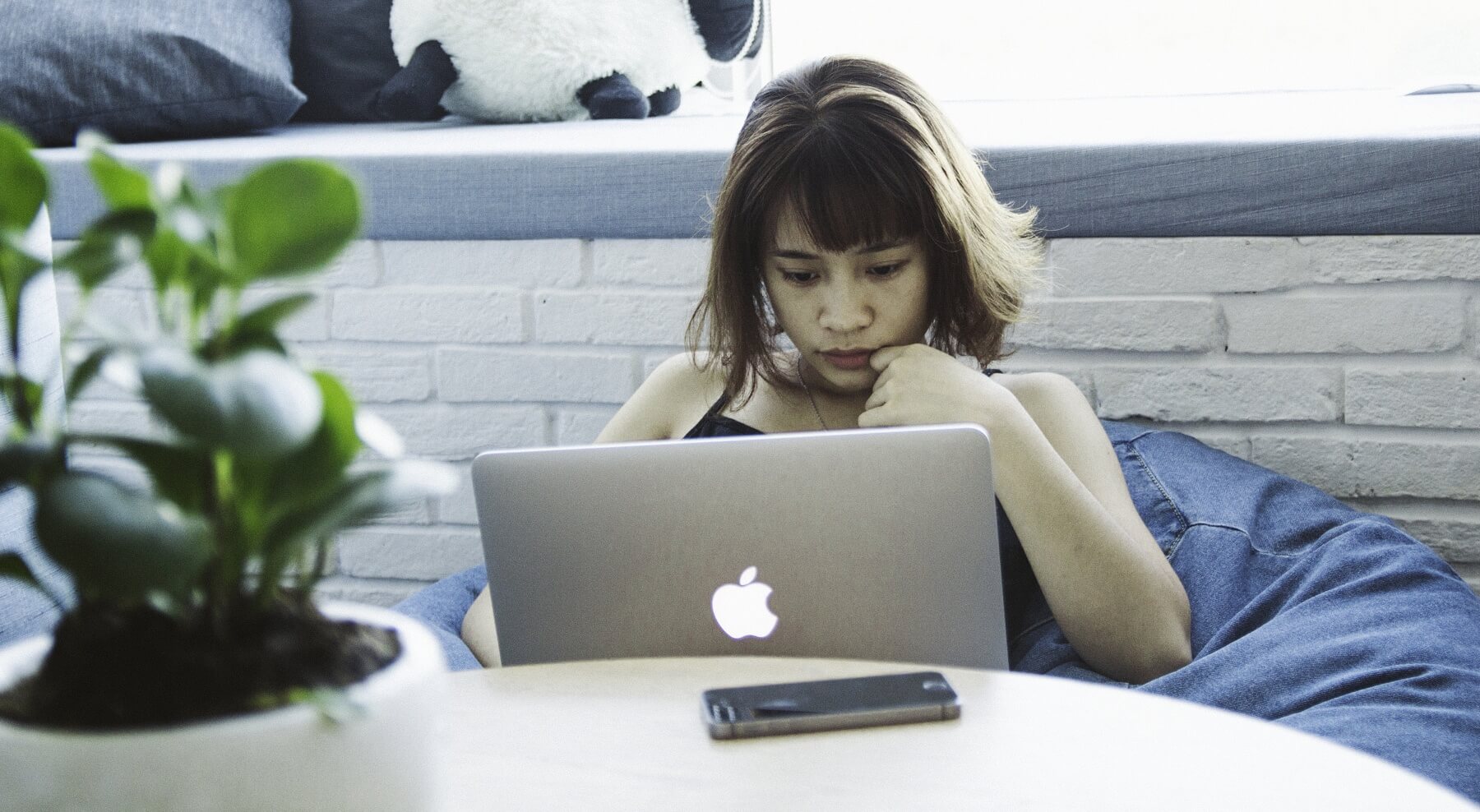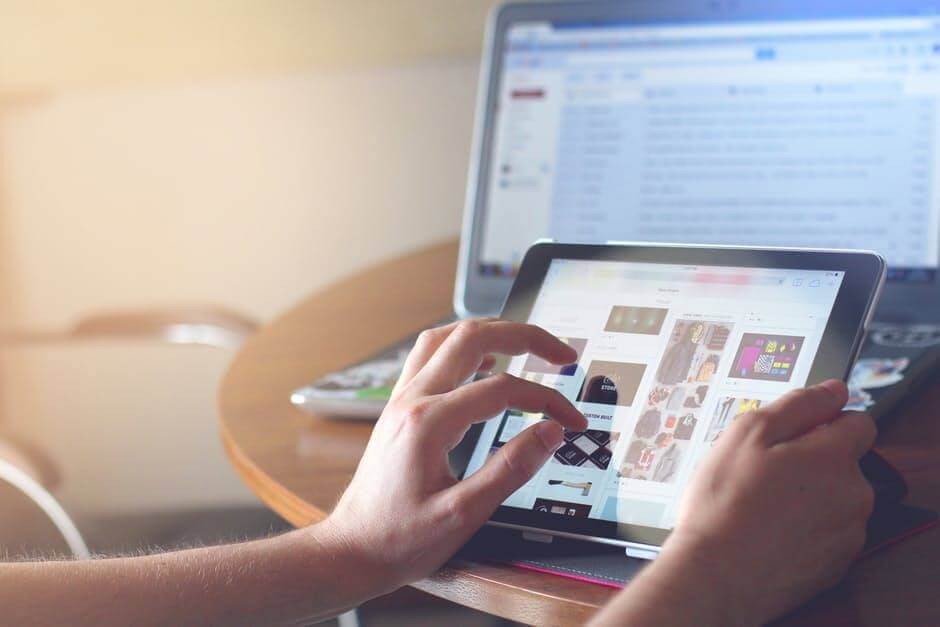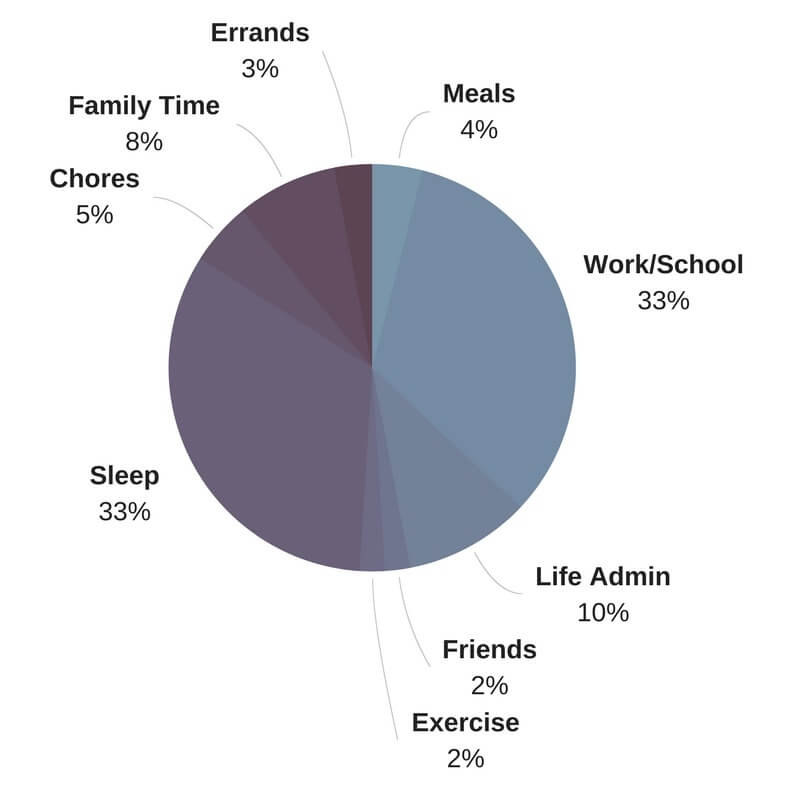Do you get itchy at red lights and reach for your phone, swiping and scrolling to see if you missed anything? Are you able to enjoy an outing with family and friends without posting evidence of said “good time”? Have you ever viewed others’ gorgeous, sun-saturated images of seemingly interesting, full and happy lives and compared that to your own social media feed with a pang of disappointment?


Research increasingly shows that the mesmerizing effect of screens can have the same effect on the brain as alcohol, drugs and gambling, disrupting our health and relationships and, in severe cases, warping our self-control and decision-making.
“All addictions have the same characteristics. However, people don’t recognize it with technology addiction. It’s more subtle, harder to recognize,” says Hilarie Cash, Ph.D., LMHC, Chief Clinical Officer and Director of Media Relations at reSTART, the first treatment center in the United States to specialize in Internet and digital technology addiction — where the motto is “Connect with life, not your device.”



Hilarie lays out some ways that technology overuse affects our brains and overall health:
Limbic Resonance
“Limbic resonance is an energetic exchange that happens in the brain when, let’s say two really good friends see each other, the limbic part of the brain releases a bouquet of chemicals that keep our bodies and emotional states well-regulated,” says Hilarie. “We’re social animals. We’re meant to be in social groups, and we need it in order to function well. A lot of people make the mistake of turning to the Internet for their social lives, failing to realize that the whole magic of limbic resonance doesn’t happen online. And the reasons are really not yet known, but we probably need to actually be able to see and hear and touch and smell each other for that limbic resonance to occur.”
Hilarie says that adults who spend too much time on social media, withdrawn from actual relationships, become dis-regulated and report higher levels of depression, anxiety and even lowered self-esteem. With respect to relationships, Hilarie cites the work of John M. Gottman, whose award-winning research shows that healthy relationships require at least six hours a week of the couple spending time focused on each other, without distractions. “So, if you are not spending that time because you are wanting to be on the screen, then you are not nurturing that relationship the way it needs to be nurtured,” says Hilarie. “And it is going to interfere with your ability to have a good, healthy, intimate relationship.”
RELATED: 5 Etiquette Tips For iPhones At The Dinner Table
“The element of distraction is really quite stressful. There is research that shows that multitasking actually degrades each of the tasks that we are engaged in. And we cannot do them as well as if we ‘single-task,’” says Hilarie. “Science shows that we are actually stressed out, that we aren’t letting our brains rest enough.”

“Daydreaming Mode”
“We have a huge need for downtime in order for our brain to remember. There’s a whole process of transferring memories from short- to long-term memory that requires downtime,” says Hilarie. “The brain gets overstimulated, and it has to rest. And we are not giving the brain a chance to rest and store stuff in long-term memory, a chance to just focus without distraction. We are not giving ourselves that, and it is exhausting, and we are losing our capacity for focus. And it’s a serious problem.”
She cites the work of Daniel J. Levitin, an American cognitive psychologist, neuroscientist, writer, musician, record producer, professor of psychology and behavioral neuroscience at McGill University in Montreal and bestselling author of numerous books, including This is Your Brain on Music: The Science of a Human Obsession. “There’s this mode Levitin calls ‘daydreaming mode.’ He explains that the brain can only focus for about two hours, maximum, at which point it’s used up all of its glucose stores and it needs to rejuvenate and regenerate glucose. And that takes at least 15 to 30 minutes,” says Hilarie. “Levitin says you have to go into ‘daydreaming mode’ for the glucose to be restored. You can’t be doing something that requires focus, because then you are not letting the brain relax enough to do what it needs to do.”



So, what qualifies as acceptable “daydreaming mode” activities, or “downtime,” as Hilarie refers to it? Take a walk, listen to music, chat with a friend, meditate, doodle or paint in freeform, people-watch, lie in a hammock — just let yourself relax and let your mind wander.
“And people will say, ‘Oh, I’m relaxing with my phone,’ but, no,” says Hilarie. “In terms of what is actually happening in the brain, it is not relaxing in the true sense. It requires mental focus to do whatever you are doing on a screen.”
“Failure to Launch”
As a founder of reSTART who treats young people with screen addiction daily, Hilarie has firsthand knowledge of the detrimental effects of technology overuse on children. “It profoundly affects child development in some very negative ways. We know that in children, the ‘executive functioning’ part of the brain, or the prefrontal cortex, is not well developed, so the capacity to suppress impulses is lacking,” says Hilarie. “So children will just do what their impulses tell them to do. That’s just the nature of childhood. So, the natural impulse to get up, get out, be social, play, run around, explore the world — that gets overridden by the mesmerizing effect of a screen. And that is completely against a child’s nature, but it is the nature of what happens with the screens.”


As a result, Hilarie says the kinds of young people they work with are very sedentary and dependent. “It’s ‘failure to launch,’ and it’s really a generational problem — starting with millennials and continuing on with younger kids — of young people who are unable to assume the mantle of adulthood, because they are very dependent. They want to be taken care of while they play their video games or interact online, rather than to move on and out and become independent in the world,” says Hilarie. “Often they lack life skills, social skills and communication skills, and they lack confidence to go out and into the world and interact with people in the world and take care of themselves. So they withdraw and avoid, rather than embrace those challenges.”
It’s worth noting that we’re in uncharted waters. Adults are inundated with technology in a way their parents weren’t — answering work emails at all hours, trying to keep up with the 24-hour news cycle and staying in-the-know with friends and family on various social media feeds — all while juggling jobs, quality family time, personal time, etc. Hilarie validates that the pace of technology is absolutely depleting us of our energy and focus, minimizing family life and relationships and disrupting sleep cycles, among other negative effects. So, it’s making adults distracted, tired and perhaps lowering our self-esteem. But how is it affecting the child pioneers of our relatively new, technology-driven reality, and more importantly, how is it affecting young people during such an important time of growth and development? Hilarie weighs in:
Sleep-deprivation
The stimulation from screens suppresses the rise of the hormone melatonin in the bloodstream, so children don’t feel sleepy and can’t fall asleep according to their natural rhythms, which affects children’s ability to function and their emotional regulation.
Attentional problems
“We’ve got tons of kids that are diagnosed with ADD,” says Hilarie. “Do they truly have ADD? Some of them do, I think. But a lot of them just have no attention span.” Attention span is a skill that must be developed in early childhood.

The stimulation of screens suppress the rise of the hormone melatonin in the bloodstream, so children don’t feel sleepy and can’t fall asleep according to their natural rhythms, which affects children’s ability to function and emotional regulation.
Poor language development
“Language development is stunted in young children who are spending too much time in front of screens, relative to their healthier peers. And that is going to have an impact on IQ, because language skills are very much tied to intelligence,” says Hilarie, who also notes that texting is negatively impacting children’s ability to produce well-written language.
Lack of social intelligence & critical thinking skills
“Social intelligence is impacted negatively by kids who are spending too much time with screens, simply because they are not out socializing and learning the complex skills that are only learned through social interaction,” says Hilarie. “Also, critical thinking seems to be reduced in children who are not getting the kinds of experiences in the world that allow them to develop those skills.”

Underdeveloped prefrontal cortex
There is research coming out that shows that kids who spend a lot of time playing video games and just generally distracted online fall way behind their healthier peers in developing their prefrontal cortex and their “executive functioning” part of the brain. “The integration of brain function of the prefrontal cortex happens through white matter in the brain, and white matter is less in kids who are spending inordinate amounts of time online,” says Hilarie. “So, we could say they actually suffer brain damage, because of those parts of the brain not developing well.”
Dependent & sedentary lifestyle
“We’re seeing children who lack much of an impulse toward dependence, children who don’t move because they grow used to being mesmerized in front of that screen,” says Hilarie.
Healthy boundaries
As frustrating and painful as it might be to hear, Hilarie says part of the problem is that parents themselves are not modeling good boundaries. “Parents themselves are busy. They’re working, answering texts and emails, and are engaged in screen time themselves. We used to go the office and come home and we had ‘home time.’ Those boundaries between work and personal life have all just gone out the window. So, now what we have to do is really put those boundaries back in place for ourselves,” says Hilarie. “I think that people are going to have to have the courage of speaking up to their bosses and saying, ‘I’m putting my health and my family’s health as a priority, and therefore I’m setting some boundaries around my online connectivity.’” Set up times that you check your phone, even if it is for the full eight hours of your working day, then when that time is over, set the phone aside.



Hilarie is a strong advocate of everyone coming together in the afternoon or evening for a time when screens are simply out of the picture, a time of togetherness when people catch up with each other, interact, have dinner, play, talk and just be together. Or, simply go into “daydreaming mode.”
To sum it up quite simply, Hilarie suggests thinking about healthy screen time in the form of a pie chart. “So, we all need eight hours a sleep, more if we’re kids. So that’s a wedge of the pie. Then, we need to either go to work or school, and that’s another big slice of the pie. And what else do we need? We need family time. We need time with our friends. We need time for exercise. We need time to eat dinner together. We need time to prepare the meal. We need time to get chores done. And you keep filling the pie in with what the priorities need to be, and then how much time is left over? And my strong recommendation is that in that time left over, we can have time for fun — but that time left over should never be more than two hours of screen time,” says Hilarie.

“There’s no doubt at all, that as a tool for information gathering, the Internet is incredible. I think online dating can be incredibly helpful for a lot of folks. Social media is wonderful for keeping up with friends and family, but it needs to be done in great moderation, which often it is not — it’s really that principle of “the unpredictability of reward” that is at work in all of those mediums, just drawing us in,” says Hilarie. “My feeling is the Internet is OK, but it is truly a sinkhole for lots of people. It’s very purposefully designed to be quite addictive. It is designed to sell us stuff, to manipulate us. So we have to be pretty savvy in order to not be manipulated. We have to be smart and wise about how we use it.”
For more information and science on these impacts of technology, Hilarie recommends the following:
- Mindful Tech: How to Bring Balance to Our Digital Lives by David Levy
- A General Theory of Love by Thomas Lewis, M.D., Fari Amini, M.D. and Richard Lannon, M.D.
- By Dr. Daniel J. Levitin:
- This Is Your Brain on Music: The Science of a Human Obsession
- The World in Six Songs: How the Musical Brain Created Human Nature
- The Organized Mind: Thinking Straight in the Age of Information Overload
- A Field Guide to Lies: Critical Thinking in the Information Age
- Glow Kids: How Screen Addiction Is Hijacking Our Kids-and How to Break the Trance by Nicholas Kardaras
- By Leonard Sax, M.D., Ph.D.:
- Reset Your Child’s Brain: A Four-Week Plan to End Meltdowns, Raise Grades, and Boost Social Skills by Reversing the Effects of Electronic Screen-Time by Victoria L. Hinckley, M.D.
- The Gottman Institute: A Research-Based Approach to Strengthening Relationships (includes Gottman’s numerous books and other resources)
- Douglas A. Gentile, Ph.D. website (includes white papers, books and other resources)
- Monitoring software for technology use:
- Covenant Eyes Internet Accountability and Filtering software
- Circle with Disney, “the new way for families to manage content and time across all devices”
And thank you to Hilarie for sharing her invaluable wisdom and insights! To learn more about her work and the rehabilitative services at reSTART, visit netaddictionrecovery.com, email [email protected] or call (800) 682-6934.



















![“So, if you are not spending that [six hours per week] because you are wanting to be on the screen, then you are not nurturing that relationship the way it needs to be nurtured,” says Hilarie. “So, if you are not spending that [six hours per week] because you are wanting to be on the screen, then you are not nurturing that relationship the way it needs to be nurtured,” says Hilarie.](https://styleblueprint.com/wp-content/uploads/2017/01/pexels-photo-1.jpg)